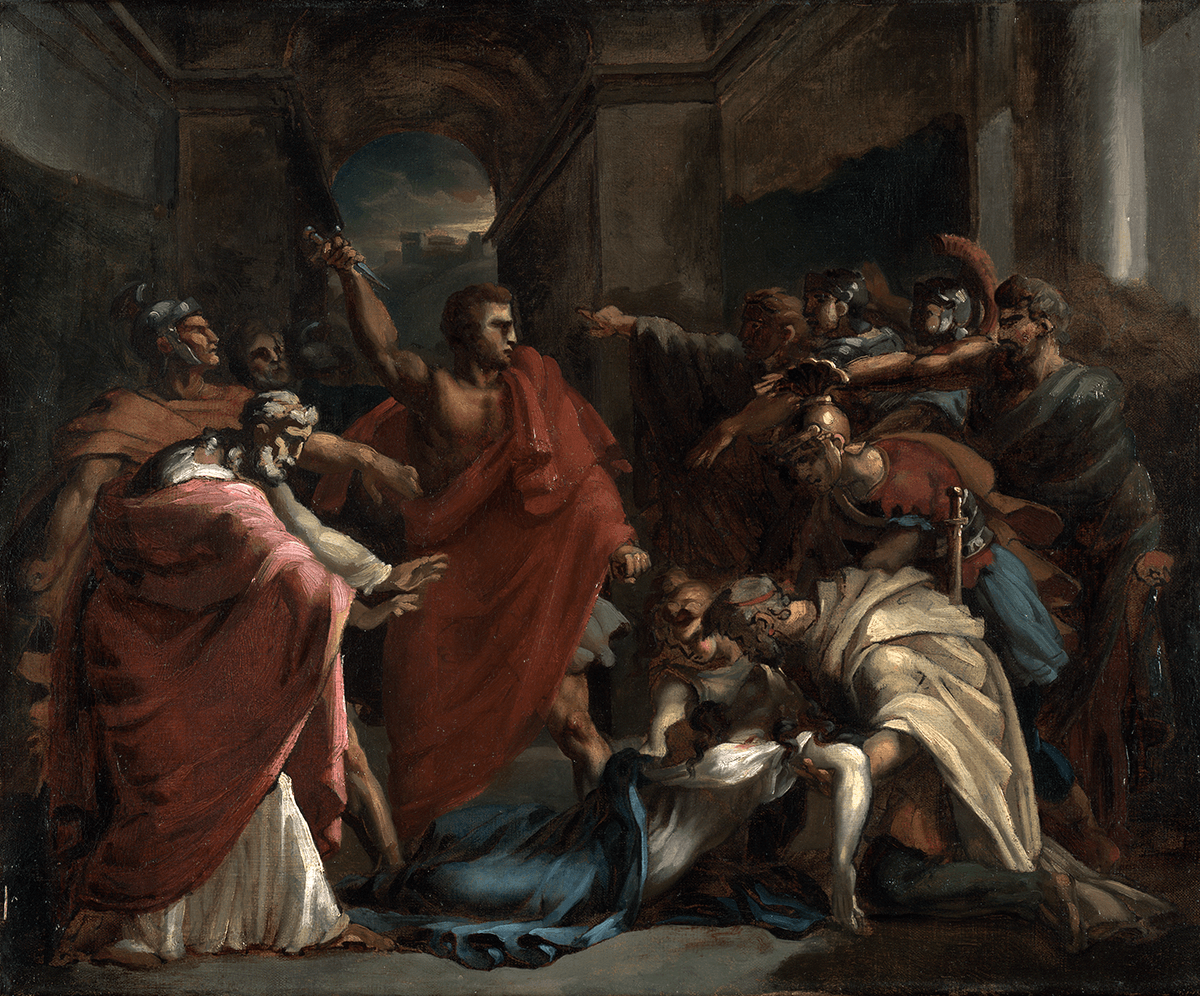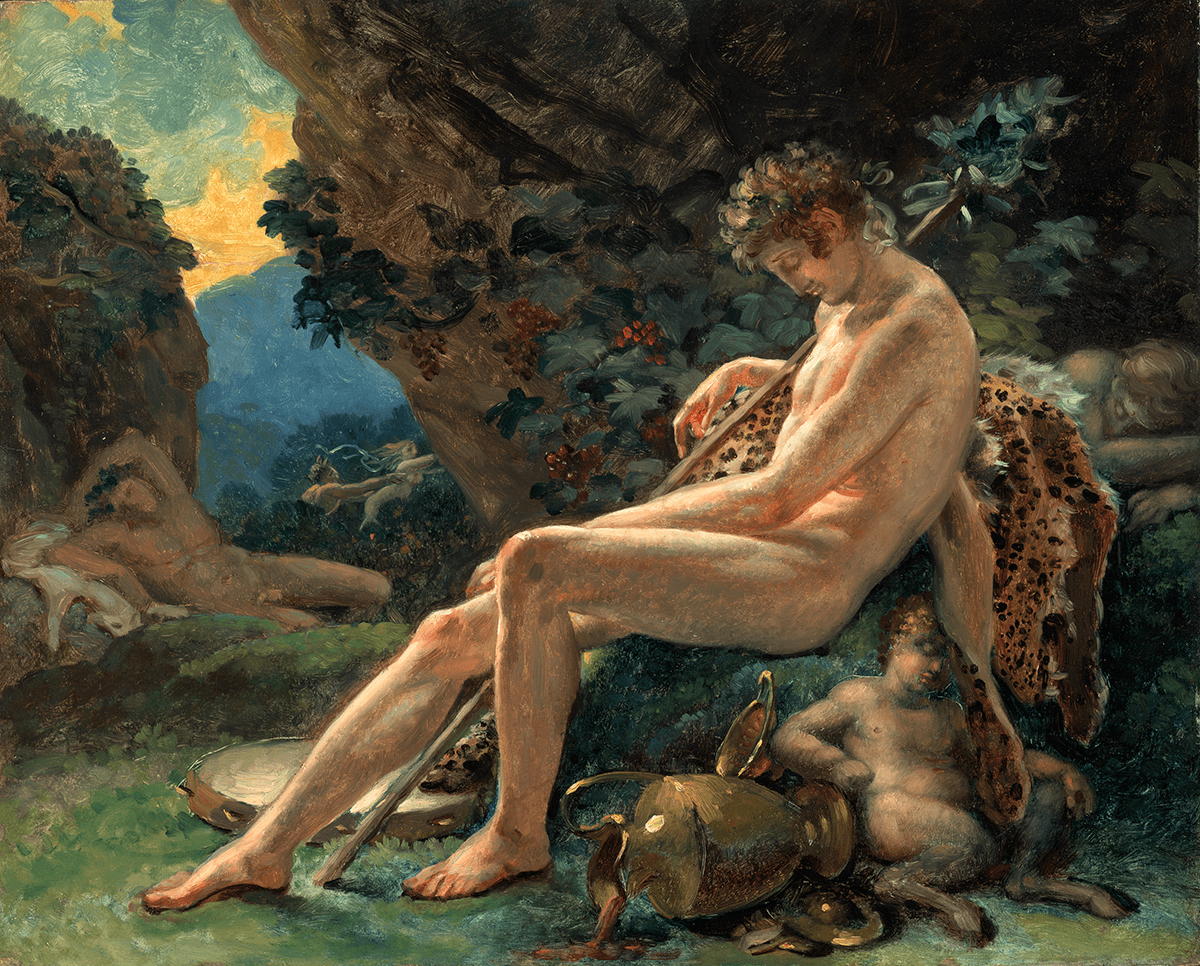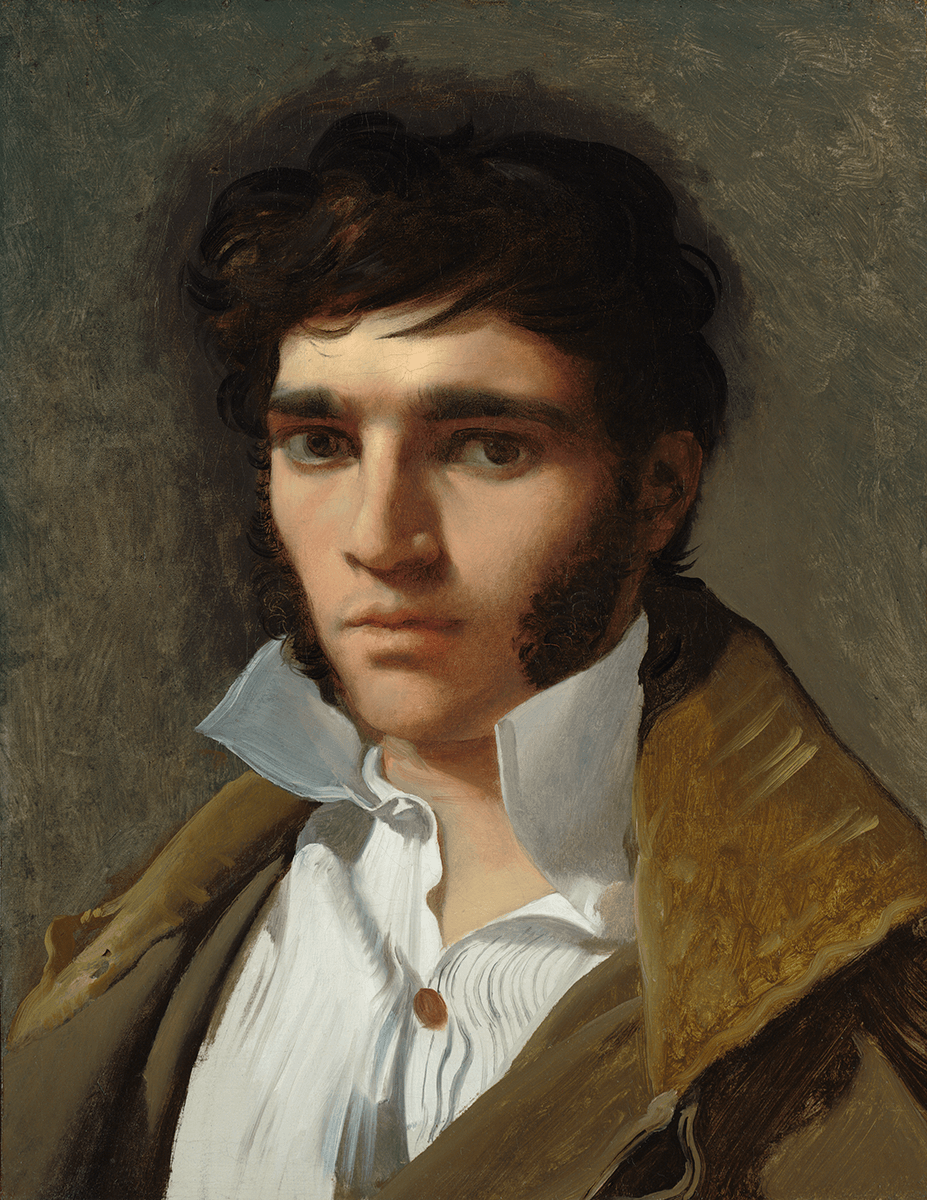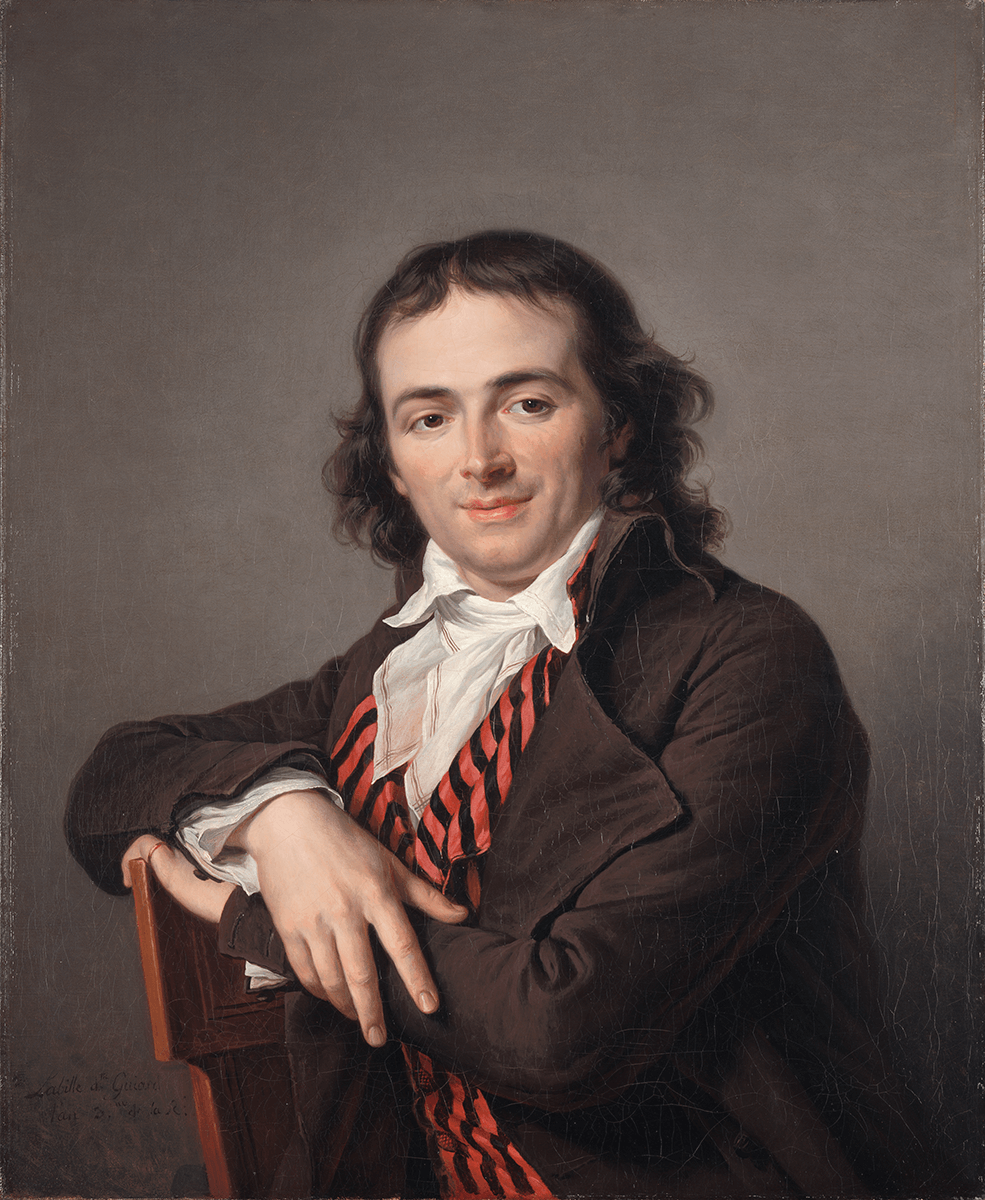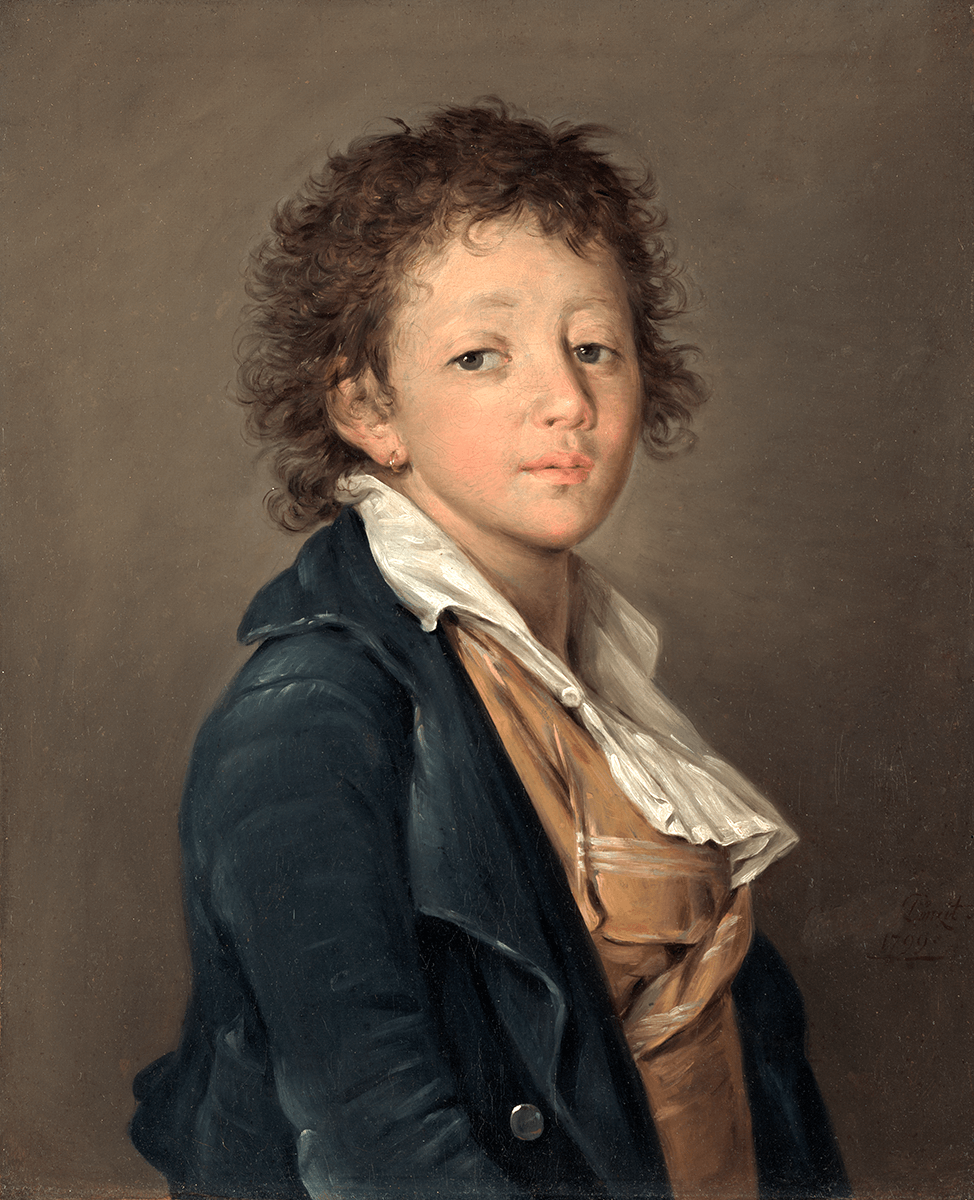France was on the brink of revolution in 1789. In response, the country’s artists sought a style to express the rationality and seriousness that reflected the period. A new passion for classical subject matter and antique style was born, and it left none of the arts untouched. Called Neoclassicism, this restrained and disciplined style replaced the extravagance and lightheartedness of the previous Rococo period of the 1730s through 1770s.
In the wake of the French Revolution of 1789, a vigorous new style called Romanticism dominated European art, literature, music, and philosophy. This movement emphasized intense emotion and personal experience, and rejected classical and ordered subjects. The Nelson-Atkins collection of Neoclassical and Romantic works includes paintings by Adélaïde Labille-Guiard, Eugène Delacroix, Eugène Fromentin, Joseph Karl Stieler, Théodore Géricault, Anne-Louis Girodet de Roucy-Trioson, Jean-Auguste-Dominique Ingres, Christian Adolf Schreyer, and anonymous and unknown artists.



